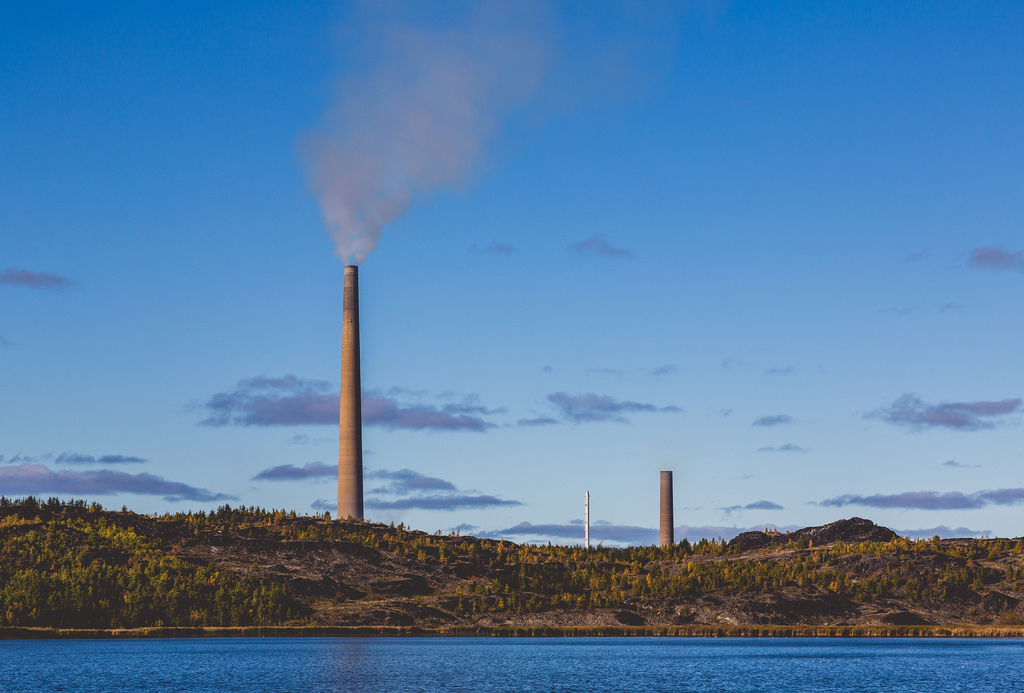Carbon Dioxide Emissions Are Flat for a Third Year Running, but the Economy Continues to Grow

Repeat after us: reducing the use of fossil fuels won’t necessarily ruin the economy.
New figures published by the International Energy Agency show that for the third year in a row, carbon dioxide emissions have not grown. Global emissions from the energy sector totaled 32.1 billion tons in 2016, the same as 2015 and 2014. Meanwhile, the global economy has grown by 3.1 percent, continuing a trend of decoupling that suggests society can prosper while reducing its reliance on dirty energy.
The biggest success? Actually, America, whose carbon dioxide emissions fell by 3 percent while the economy managed to grow by 1.6 percent. That’s at least partly down to the fact that renewable energy, and in particular solar, enjoyed a roaring 2016 in the U.S. Elsewhere, China’s carbon dioxide emissions declined by 1 percent, while its economy expanded 6.7 percent. It, too, has been making bold commitments to the increased use of solar.
Reductions in the two countries, combined with flat-lining in Europe, produced enough slack to offset the rest of the world’s increased emissions, so the needle didn't tip toward an overall rise. That, of course, raises a genuine concern: What happens as developing economies, such as India, rapidly grow and burn readily available fossil fuels?
While we may certainly hope that emissions have peaked, without the correct investment and guidance emerging economies will have trouble embracing clean energy fast enough. Initiatives such as the the United Nations’ Green Climate Fund, established so that rich countries could help poorer nations prepare for climate change, may help overcome that problem—but given the Trump administration plans to cut America’s weighty contributions to that scheme, its impact may struggle to be felt.
Still, the figures do show that the world’s two largest energy users and carbon emitters are capable of balancing economic growth with emissions reductions. That is, at least, a beacon of hope to other countries around the world.
(Read more: “Solar Installations Soared in the U.S. in 2016,” “Trump’s Budget Would Mean Catastrophe for U.S. Climate Programs,” “Have Global CO2 Emissions Peaked?”)
Keep Reading
Most Popular
Large language models can do jaw-dropping things. But nobody knows exactly why.
And that's a problem. Figuring it out is one of the biggest scientific puzzles of our time and a crucial step towards controlling more powerful future models.
How scientists traced a mysterious covid case back to six toilets
When wastewater surveillance turns into a hunt for a single infected individual, the ethics get tricky.
The problem with plug-in hybrids? Their drivers.
Plug-in hybrids are often sold as a transition to EVs, but new data from Europe shows we’re still underestimating the emissions they produce.
Google DeepMind’s new generative model makes Super Mario–like games from scratch
Genie learns how to control games by watching hours and hours of video. It could help train next-gen robots too.
Stay connected
Get the latest updates from
MIT Technology Review
Discover special offers, top stories, upcoming events, and more.